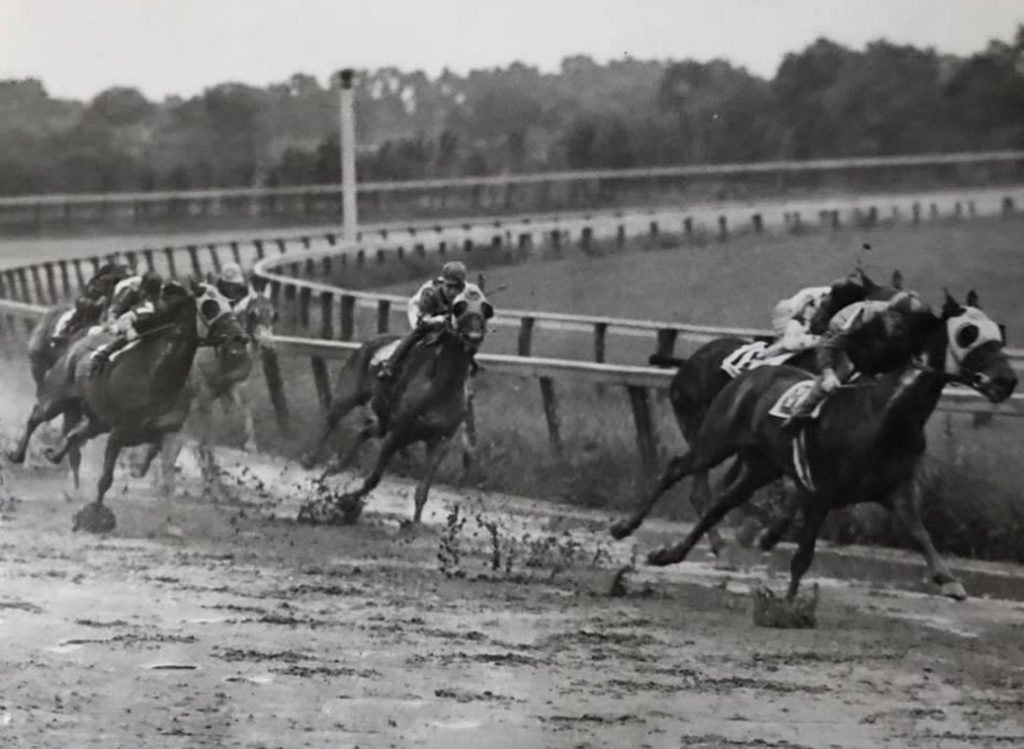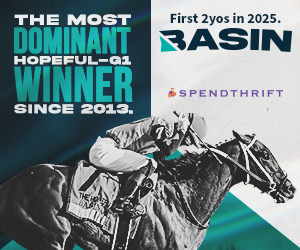
Would Shortening the Belmont Stakes Lead to more Triple Crown Winners?
In the wake of the drama and glory of this year’s shortened Belmont Stakes, the question of whether to scale back the distance permanently has been raised once again. The main argument for shortening the Belmont Stakes is that it would lead to more Triple Crown winners and therefore generate more interest in the sport. Would it? Isn’t the difficulty of winning the Triple Crown what makes it so appealing in the first place? And yes, the biggest hurdle to the Triple Crown prize is the race rightfully known as the Test of a Champion – the 1 ½ mile Belmont Stakes.
This idea isn’t without precedent. Other important stakes races have had their distances shortened over the years. The Jockey Club Gold Cup was contested at two miles from 1921 until 1976 when it was shortened to 1 ½ miles. Then in 1990 it was pared back once again to a mere 1 ¼ miles. Other graded stakes such as the Washington D.C. International, the Man O’ War, Coaching Club American Oaks and the Mother Goose all have had their distances shortened as well.
And then there was the Breeders’ Cup Marathon, here and gone in the space of a scant six years. While the 1 ¾ mile race lives on as the Marathon Stakes, it is no longer part of the Breeders’ Cup program. Now banished to the undercard, its purse has been slashed from $500,000 to $200,000.
Has American horse racing become so obsessed with speed that it no longer values stamina? While two of America’s greatest “stayers” or distance runners were the geldings Kelso and Forego, the third, Princequillo had a tremendous impact on the breed. Princequillo won at distances ranging from six furlongs to two miles and set a Saratoga course record for 1 ¾ miles. As a sire, Princequillo was known for the “big heart gene” and his descendants include Round Table, Hill Gail, Secretariat, Mill Reef, Seattle Slew, A.P. Indy and Cigar among many others. Stamina is important for the making of well-rounded pedigree but how could you judge a horse’s staying ability if there were no long distance races?
While some racegoers might view long distance races as “boring” they not only test the horse’s endurance but also that of the jockey’s. Strategy plays a large role in long distance races, move too early and your horse runs out of gas, let a horse run loose on the lead and you may never catch it. Many Belmont Stakes and Triple Crowns have been lost due to a jockey’s misjudgment.
For non-stakes horses, marathons can breathe new life into fading careers in the form of starter handicaps and starter allowances. I have seen horses short on speed but long on stamina elevated out of the claiming ranks by running in marathon starters. These long, oddball distances can lead to bizarre riding errors and Youtube is full of videos with jockeys thinking that the race is over and pulling up their horses, only to discover that they still have another lap to go.
There is a reason that Belmont Park was built to be 1 ½ miles in circumference. The Thoroughbred breed was developed not only for its speed but also for its ability to carry that speed over a distance of ground. Long distance races need to be preserved, not discarded. The time has come to once again celebrate the stayers.



